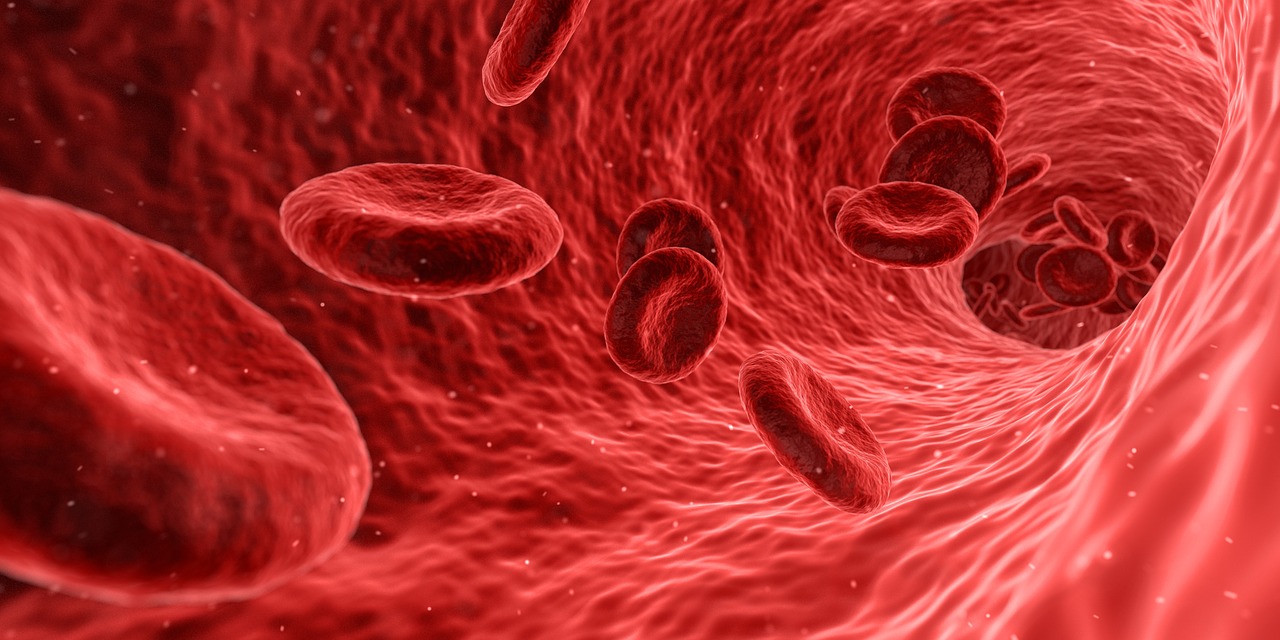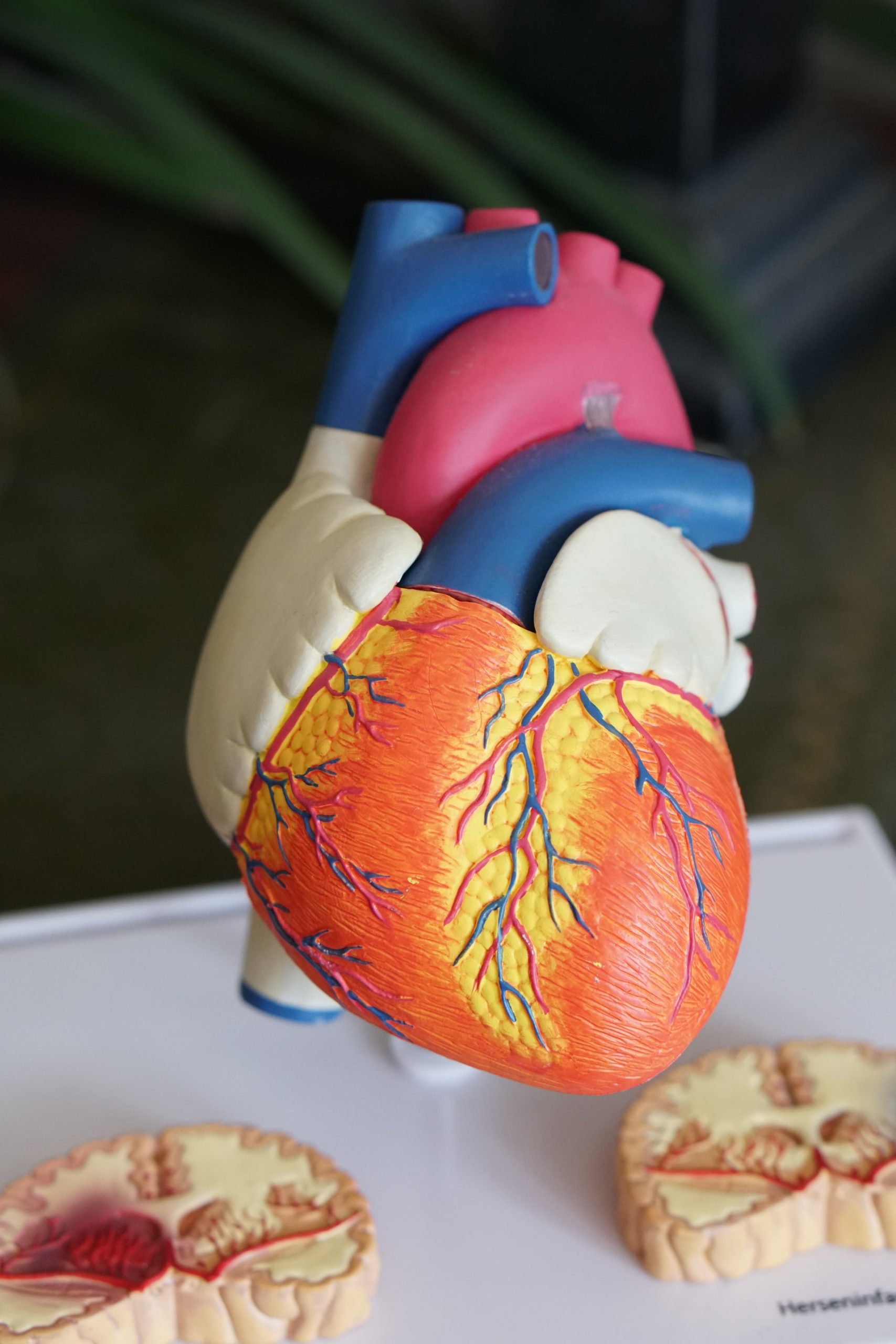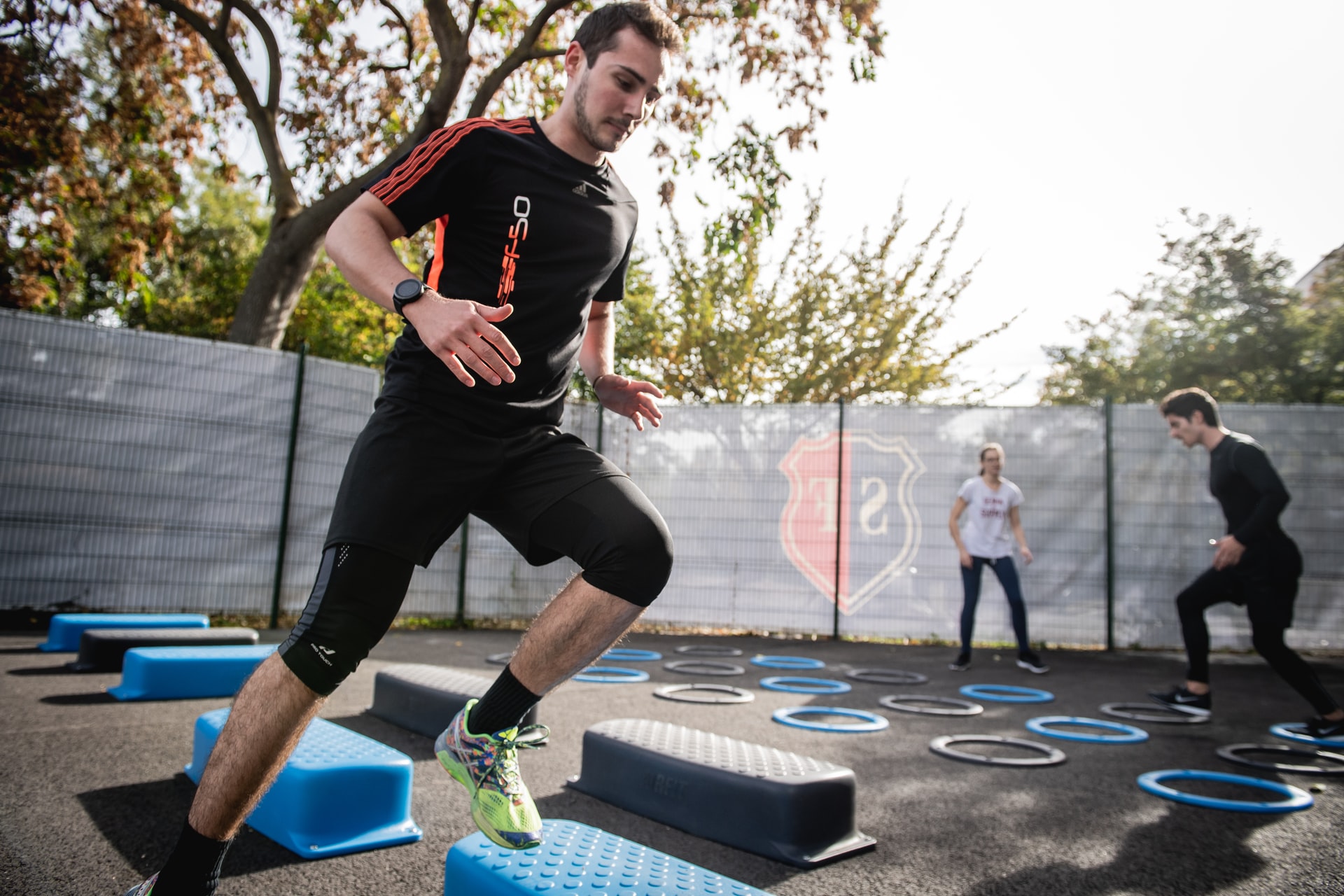Treatment of PAD has undergone a revolution since the first time Steve Valvanis had the condition.
Steve Valavanis thought he put his circulation problems behind him 20 years ago, when he had major surgeries on both of his legs to replace his blocked arteries. But, in 2015, when the 64-year-old Mystic resident was playing golf in Florida, the familiar nagging pain and rock-hard feeling in his calves came back.
His doctor sent him to Yale Medicine vascular surgeon Cassius Iyad Ochoa Chaar, MD, FACS, with whom he quickly formed a bond, especially after Dr. Chaar said Kaliméra, or good morning, in Valavanis’ native Greek. But the diagnosis wasn’t great. Valavanis was 45 years old the first time he was diagnosed with peripheral artery disease (PAD), where fatty plaque builds up, and narrows or blocks arteries that carry blood from the heart to the arms, legs and other parts of the body. Now he was 64, and the disease was back with a vengeance, putting him at risk for losing a limb, or worse.
“It’s nobody’s fault but mine—my lifestyle,” says Valavanis, who was never able to give up smoking entirely.
In addition to smoking, the plaque that builds up in the arteries is usually the result of all of the things doctors warn against: uncontrolled hypertension; eating foods high in saturated fats, trans fats, salt and cholesterol; excess weight; and a sedentary lifestyle.
Valavanis felt Dr. Chaar could set things right. “I had complete faith in him,” he says.
How Treating PAD Has Changed
Peripheral artery disease is common, affecting 8.5 million people in the U.S., including 12 to 20 percent of people over 60 years old. It can be a “silent disease,” barely detectable, or it can cause such symptoms as aches while walking, leg ulcers, and cold feet and toes—problems that can progress to gangrene, limb loss and death.
The good news for Valavanis, a painting contractor, was the astonishing progress that has been made in treating PAD. Back when he had his first surgery, in the 1990s, doctors had only one surgical treatment that could help: open bypass, which usually involved making a long incision large enough to allow the surgeon to view and work on blockages directly. The procedure required general anesthesia, and posed risks of infection and bleeding, and even heart attack and stroke.
Today there are many effective treatment options. Surgeons can use a minimally invasive endovascular approach, which involves accessing the artery by making a puncture and inserting a wire and a catheter to get to the diseased area.
Once at the site of the blockage, the surgeon can perform angioplasty. This is done using X-ray imaging for guidance. A catheter, a tube-like device tipped with a tiny, sometimes drug-coated, deflated balloon, is threaded through the artery to the correct location, where it inflates to open the blockage. This is often followed by the placement of a stent—a small, self-expanding mesh tube that stays in place to keep the artery open. Yet another procedure is an atherectomy, where the surgeon uses a tool with a sharp blade to scrape out plaque.
Dr. Chaar, who treats patients at the Yale New Haven Hospital Heart & Vascular Center, is also an assistant professor of vascular surgery at Yale School of Medicine who focuses his research on identifying which procedures are most successful in which cases—information that will help shape operating room decisions in the future.
For vascular surgeons, it is both an art and a science to determine how a patient like Valavanis should be treated. “Vascular surgeons are in a unique position to discuss and offer all treatment options for patients with PAD, including minimally invasive endovascular therapy, traditional open surgery, and hybrid procedures that constitute a combination of both approaches,” Dr. Chaar says.
A Debilitating Disease
Valavanis understands the causes of peripheral artery disease. He says, “I used to eat anything.” Breakfast for him sometimes included six or seven slices of crispy bacon.
The first time the pain in his legs got bad enough to affect his walking, his doctor sent him to Antonio Toledo, MD, a general and vascular surgeon at New London’s Lawrence & Memorial Hospital (now part of Yale New Haven Health System). “As soon as Dr. Toledo touched the bottom of my feet he knew I had a circulation problem. There was no pulse,” Valavanis said.
Dr. Toledo performed traditional open bypass procedures in both of Valavanis’ legs to reroute blood flow around his blocked arteries. “At the time, bypass was the only option,” Dr. Toledo says. In each surgery, Dr. Toledo took a healthy leg vein that was not essential for Valavanis’ circulation and used it to replace a blocked artery. He made a cut over and under the section of the artery in the leg that was blocked, moved skin and tissue out of the way, and sewed the healthy vein in place so the blood could flow through it—and around the blockage.
Valavanis’ prognosis was good because he was young, although his age also made doctors think there might have been a genetic factor in his disease. Most patients who have peripheral bypass surgery are in their 60s or older.
Dr. Toledo, now retired, says he always made a point of telling all of his patients their bypasses might last longer if they changed their lifestyles.
Peripheral Artery Disease Symptoms
- Foot pain that awakens you at night, which is relieved by dangling the foot to the side of the bed or walking
- Muscle cramps in the calves, hips or thighs that are exacerbated with walking
- Wounds on the foot or toes that don’t heal properly
- Gangrene or dead tissue
- Cool feeling on your lower leg or foot
- In men, erectile dysfunction
A Second Battle with PAD
Valavanis’ symptoms returned in 2015. He was with friends at a golf outing in Florida when his feet became so painful that he bought three new pairs of shoes. It wasn’t until he returned to Mystic and went to work at a painting site that he realized that the source of his pain was in his legs. It was a struggle to climb a flight of stairs. “Then I knew,” he says.
Since Dr. Toledo was no longer practicing, Valavanis’ was referred to Dr. Chaar. “When he came to me he had multiple blockages in multiple areas,” Dr. Chaar says. Opening those blockages would require rebuilding parts of Valavanis’ circulatory system.
Dr. Chaar scheduled an angiogram, a procedure that would allow him to map the blockages in Valvanis vessels and treat them at the same time with endovascular techniques. He performed the procedure at Lawrence & Memorial Hospital.
He made a small puncture in Valavanis’ groin. Then he threaded a catheter into the blocked artery, and injected contrast dye to allow him to visualize the blockages and the pattern of blood flow. He was pleased to see that two decades later, the blood was still flowing smoothly through the bypass Dr. Toledo had performed on the left leg. But now Dr. Chaar saw a new blockage above the bypass.
Dr. Chaar placed a stent, which flattened the plaque against the wall and resolved the obstruction. “I was diagnosing and treating at the same time,” Dr. Chaar says, describing a key advantage of image-guided surgery. Unfortunately, the bypass in the right leg was totally blocked.
A Carefully Tailored Surgery
The greater challenge for Dr. Chaar was fixing Valavanis’ right leg in a surgery at Yale New Haven Hospital. There, the blockage was very long, stretching across the knee joint, which made minimally invasive surgery less than optimal. Also, motion and bending in the knee presented challenges because they can cause a stent to fracture. The best option was an open bypass procedure, similar to the ones Dr. Toledo had performed, but even more intricate.
Valavanis did not have a vein in his body that was long enough, so Dr. Chaar made an incision in one of his arms and removed two veins, put them on a table and sewed them together end to end. Then he made an incision in Valavanis’ leg and inserted the newly spliced vein to create a new channel for the blood to pass through.
The next day, Valavanis was able to get out of bed and even took several walks down the hospital hallways. (Dr. Chaar encourages patients to get up and walk as soon as they can.) Valavanis spent several nights in the hospital, then stayed a week in a rehabilitation facility before going home.
Preventing it from Happening Again
Now, almost two years after Valavanis’ second surgeries, the most important thing he does is keep up with his annual follow-up visits. “First thing I say is, after surgery, for good or for bad, you and I are going to have be friends for the rest of your life,” says Dr. Chaar. He learns as much as he can about activities his patients cherish and their goals in life, which he feels are key to motivating them to make their health a priority.
Valavanis had planned to play in an important golf tournament a month after his surgery, so Dr. Chaar encouraged him to work toward that goal. He did play in the four-day event, the biggest tournament of the year at his club. “I had lots of support from everyone,” Valavanis says. Dr. Chaar credits his patient’s remarkable recovery to his relatively young age and his motivation to heal quickly.
He still golfs twice a week and gets exercise walking around job sites and climbing ladders. He has cut down on smoking significantly. He eats out several nights a week, but he makes careful choices. He recently had Chilean sea bass three days in a row. “I’m Greek, so I eat the healthy Mediterranean diet,” he says.
Dr. Chaar taught him to feel the pulse in the bypass and report back with any problems. “I check here to see if I’m alive,” Valavanis says, touching the side of his knee. So far, so good.
This article first appeared, on the YaleMedicine blog.




